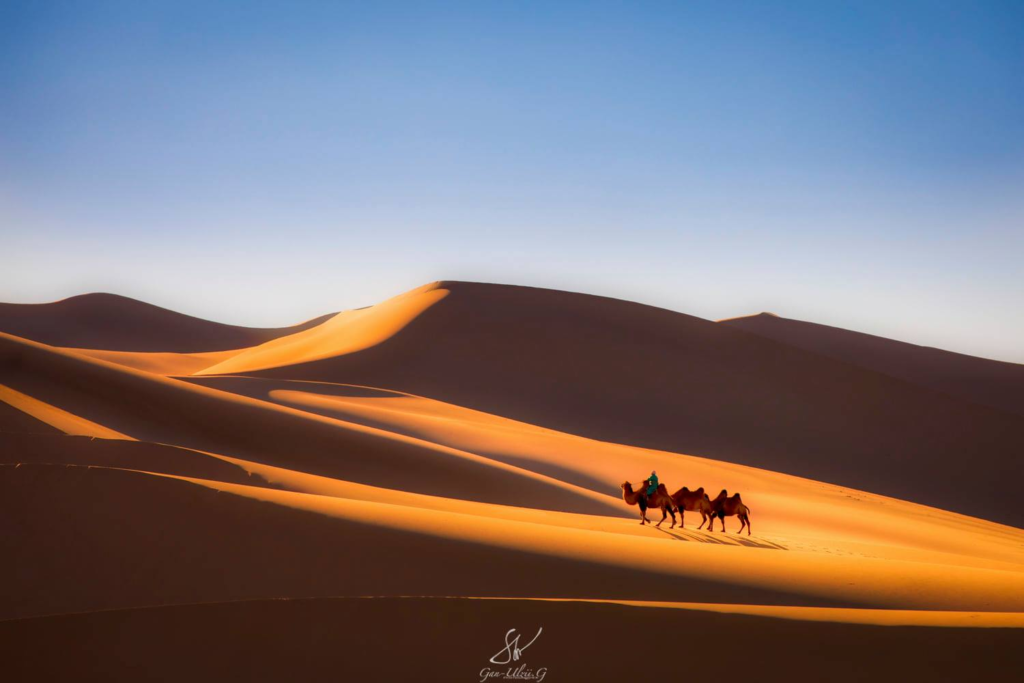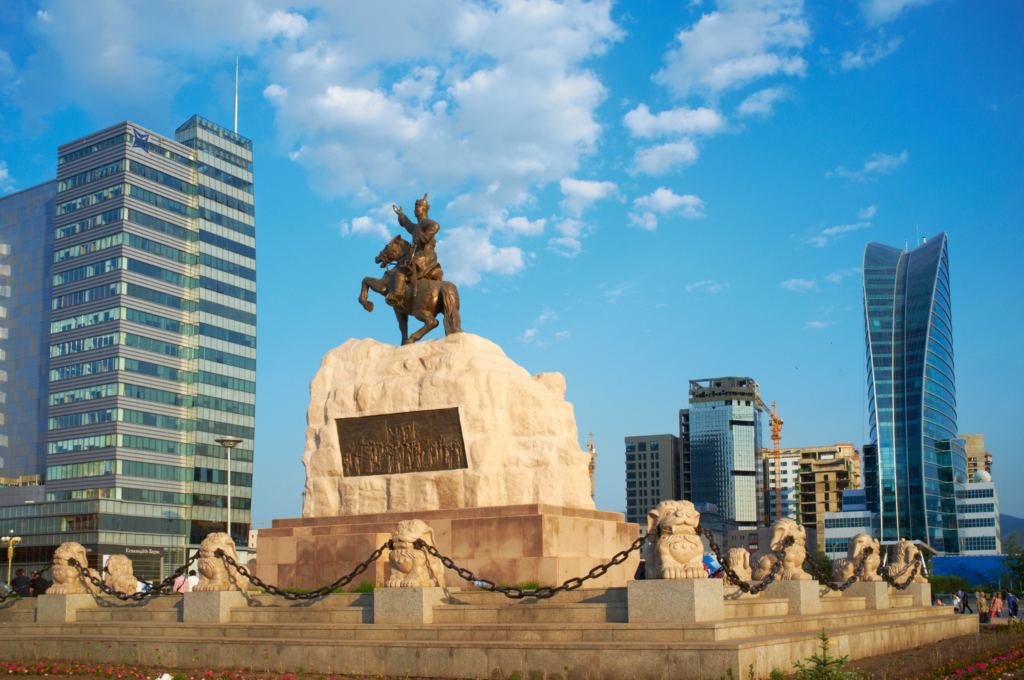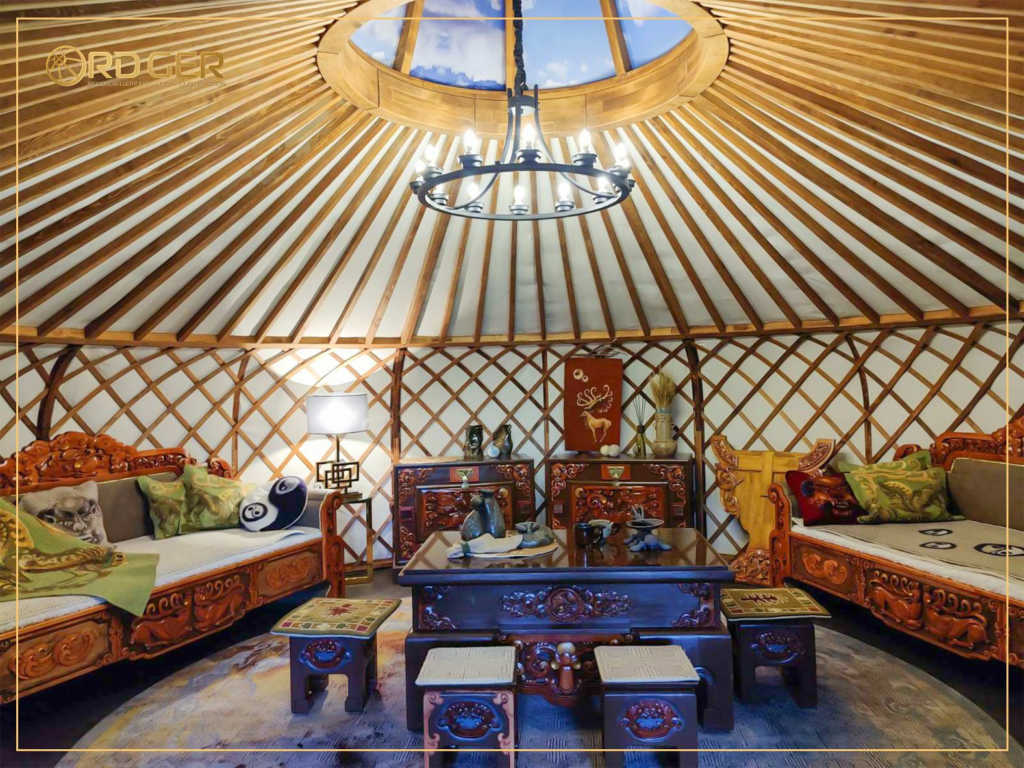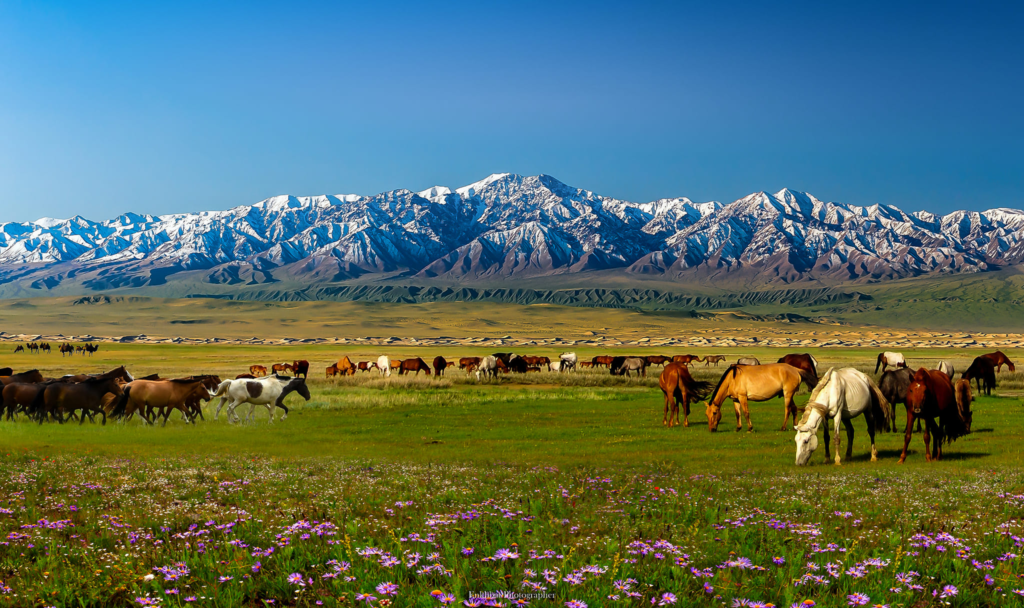In the vast expanse of Mongolia, where nomadic traditions thrive amidst rugged landscapes, the Mongolian Yak emerges as a powerful symbol of resilience and sustenance. This blog post embarks on a journey to explore the integral role of Mongolian Yaks in the nomadic way of life, shedding light on their importance in sustaining communities and preserving cultural heritage.
Mongolian Yak: Guardians of Nomadic Livelihoods
The Mongolian Yak, known scientifically as Bos grunniens, stands as a cornerstone in the nomadic lifestyle practiced by communities across the Mongolian steppes. Nomads, who have adapted to the harsh and unpredictable climate, have forged a deep and symbiotic relationship with these sturdy creatures.
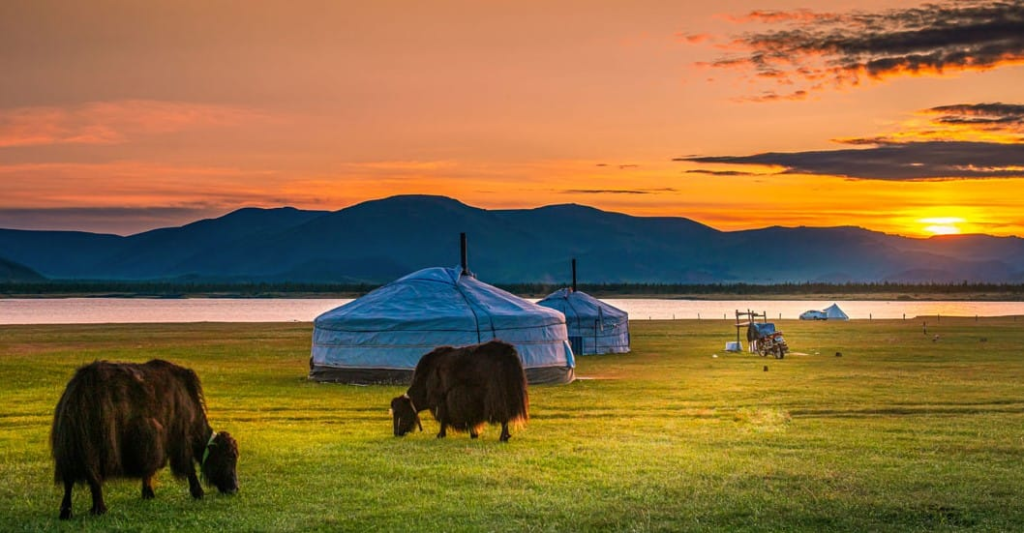
Understanding the Mongolian Yak
Mongolian Yaks, characterized by their distinctive humped shoulders and long, sweeping horns, are specifically adapted to thrive in the challenging terrains of Mongolia. Their thick, shaggy coats provide insulation against the biting cold, making them well-suited for the country’s harsh winters.

Nomadic Migration and Yaks
Nomadic herders, often belonging to the Mongolian ethnic group Khalkha, rely on the Yak for multiple aspects of their livelihood. Yaks serve as pack animals, transporting essential goods and belongings during the nomadic migration that characterizes Mongolian pastoralism. The ability of Yaks to traverse difficult terrains, including high mountain passes and vast steppes, makes them indispensable companions for the nomads.
Yak Milk and Nutrition
One of the most crucial contributions of Mongolian Yaks is in the realm of sustenance. Yak milk, rich in nutrients and fat, forms a staple in the diet of nomadic communities. Nomads skillfully craft dairy products like cheese, butter, and yogurt, utilizing Yak milk as a primary source of nutrition. The adaptability of Yaks to graze on sparse vegetation ensures a steady supply of dairy even in the challenging conditions of the Mongolian steppes.

Yak Wool: A Source of Warmth and Livelihood
Beyond their role in transportation and nutrition, Mongolian Yaks provide a valuable resource in the form of wool. The coarse but warm Yak wool is used by nomadic herders to create traditional clothing known as “del.” These garments, intricately designed and handwoven, serve as protection against the biting cold of Mongolian winters.
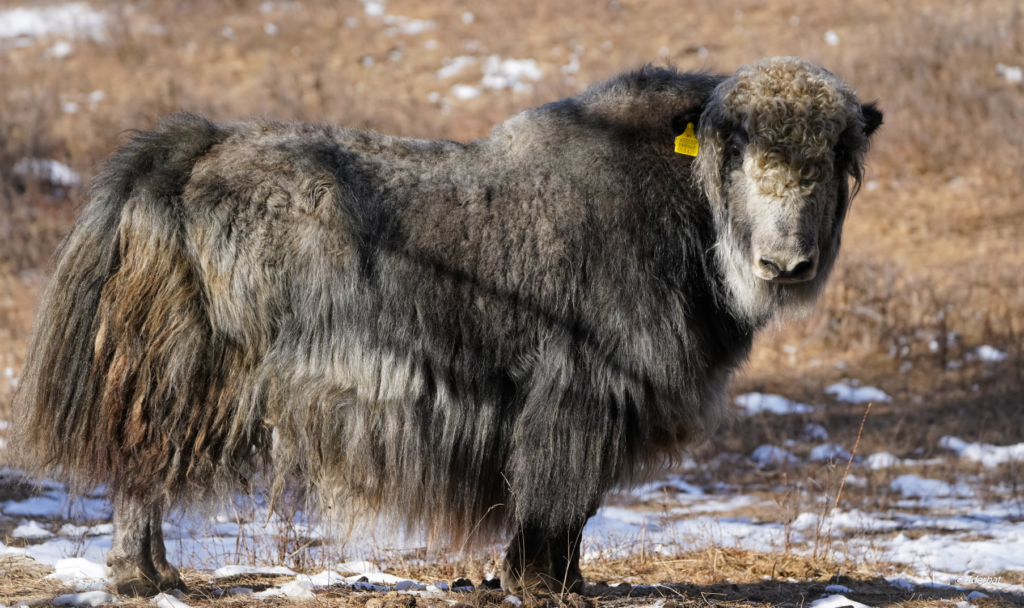
Preserving Cultural Heritage
The relationship between Mongolian nomads and Yaks extends beyond practicalities. It is deeply intertwined with cultural traditions and rituals. Yaks play a central role in ceremonies, festivals, and spiritual practices, embodying the nomadic way of life that has endured for centuries.
Exploring the Pastoral Harmony
Nomadic families, in their harmonious coexistence with Yaks, exemplify a sustainable way of life that is deeply connected to nature. The rhythmic migration of herds and the utilization of every aspect of the Yak underscore the resourcefulness and adaptability of Mongolia’s nomadic communities.

Nurturing Nomadic Legacies
In a world where traditional ways of life often face challenges, the nomadic herders of Mongolia, in their partnership with the Mongolian Yak, showcase a model of sustainable living. The resilience of the Yaks, their multifaceted contributions to nomadic life, and their cultural significance weave a narrative of endurance and adaptability.

Empowerment Through Yaks
As we delve into the world of Mongolian Yaks, it becomes evident that these remarkable creatures empower nomadic communities economically, nutritionally, and culturally. The tale of the Mongolian Yak is not just a story of survival; it is a testament to the enduring spirit of nomadic life in Mongolia.
Embark on a Nomadic Odyssey
For those seeking a firsthand experience of this nomadic way of life and the role of Yaks within it, consider immersive travel experiences that bring you closer to Mongolian herders and their indispensable companions. Embrace the positive impact of responsible tourism by supporting the livelihoods of these nomadic communities.

